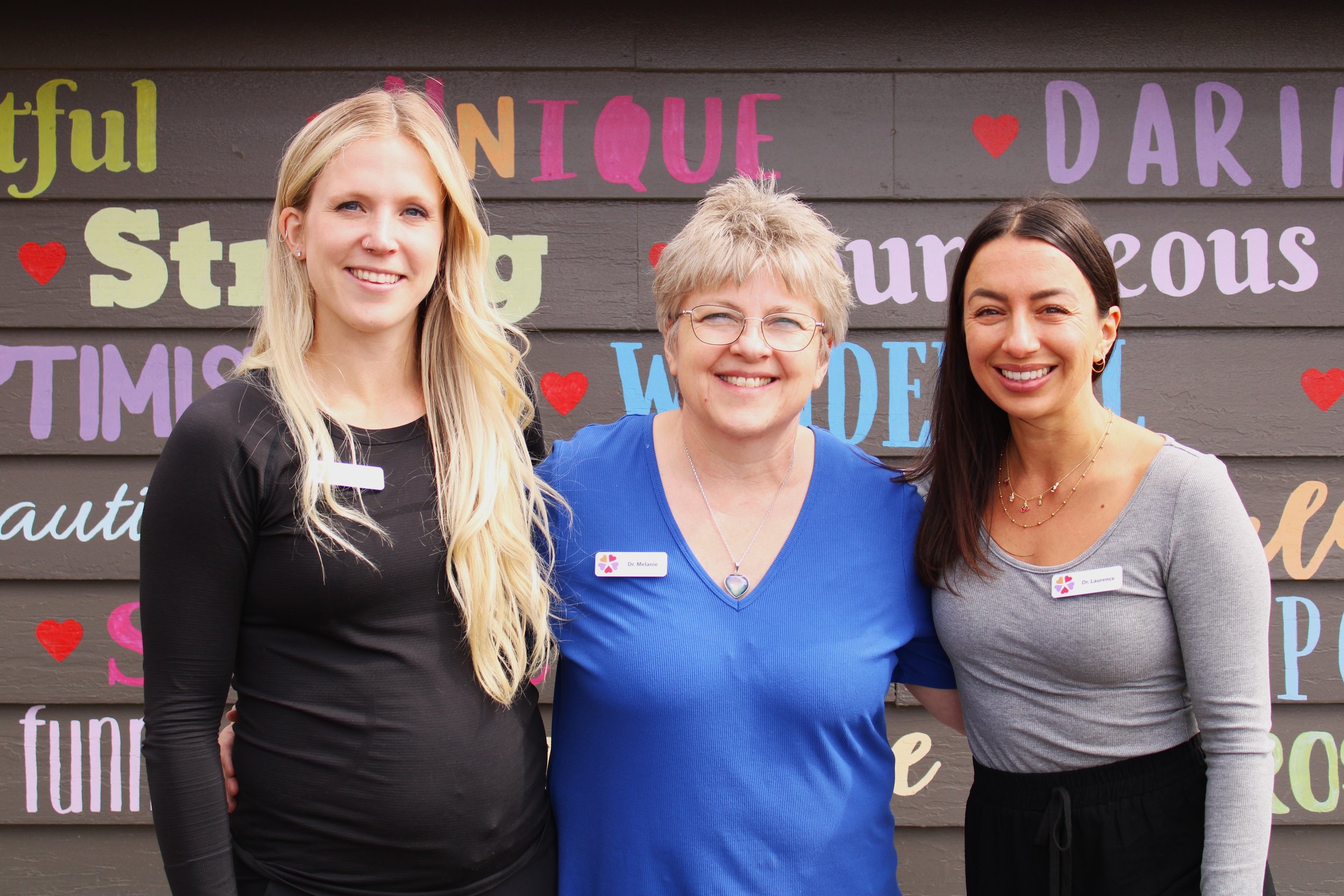
STNR - Symmetrical
Tonic Neck Reflex
The information presented on this webpage is printed with permission from Harkla.co

More facts about the Symmetrical Tonic Neck Reflex
The STNR divides the body in half - lower half and upper half. There are also two movement patterns - flexion and extension.
As the infant moves from prone (on belly) to quad (on hands and knees), they will begin to extend their neck - look up, and flex their neck - look down.
These movements will then elicit a response in the upper and lower limbs.
During neck extension, the arms will straighten while the legs will flex/bend.
During neck flexion, the opposite will occur - the arms will flex/bend while the legs will straighten - moving the infant into a somewhat down dog position.
The STNR emerges to help progress to the next phase of development, crawling.
The STNR directly and indirectly impacts developmental milestones, as well as influences early life experiences learning skills and developmental maturity.
It impacts head control against gravity, pulling up to stand, sitting, crawling, visual-motor skills, auditory processing, posture, muscle tone, fine motor and gross motor development, vestibular awareness, balance, focus, and concentration.
The STNR is not actually present until after birth.
This is due to its correlation with the TLR (Tonic Labyrinthine Reflex) - as an infant begins to integrate the TLR, the STNR emerges to help progress to the next phase of development, crawling.
The life span of the STNR is very short - just 2-3 months. That is because as the infant moves from prone to quad, they will begin to start learning how to crawl. As they learn to crawl, the STNR will start to integrate.
The “rocking” movement that infants do while on hands and knees, right before they begin to crawl? That may be the STNR beginning to integrate!
With the STNR present in infancy, the baby is at the mercy of their head/eye movements. It prevents forward (crawling) progress in this position. The head/vision decides the position of the limbs.
Rocking on the knees in a quadruped position helps to fully integrate the STNR, which makes crawling possible.
What is the Symmetrical Tonic Neck Reflex?
Signs of a Symmetrical Tonic Neck Reflex in an older child or adult:
skipped or awkward crawling
poor posture
W - sitting
poor hand-eye coordination
ADHD symptoms - especially dyslexia
Retained Primitive Reflexes affect EVERYTHING
〰️
Retained Primitive Reflexes affect EVERYTHING 〰️
How We Can Help
Chiropractic adjustments and a home exercise program
can help to integrate retained primitive reflexes
Please Note:
As chiropractors, we believe that treating the whole nervous system is important.
If you would like to come to our clinic for treatment regarding Retained Primitive Reflexes, we will:
Perform a thorough chiropractic and neurological exam
Provide a comprehensive intake form that will help us to focus on which reflexes might be retained
make an individualized plan for you and/or your child
Our treatments include chiropractic adjustments that usually start at 2 times per week for 1-2 months
We will send you with home exercises that must be done twice a day for at least 30-60 days (if not more!)
for your nervous system to integrate the retained primitive reflexes
Then we will re-exam to assess and plan again
We will do our best to help; however, it might not be possible to integrate Retained Primitive Reflexes
- that depends on the individual’s brain and nervous system function
If you would like more information, or to
make an appointment with one of our Doctors,
please call us at 403-945-2422

To help integrate the Symmetrical Tonic Neck Reflex, you will need to do
Every morning for 30 DAYS
20 repetitions of the Cat-Cow exercise
20 repetitions of at least ONE FUN Exercise that you can choose from the video links below
(Of course, you can do as many of the fun exercises as you like!)
Every afternoon or evening for 30 DAYS
20 repetitions of the Cat-Cow exercise
20 repetitions of at least ONE FUN Exercise that you can choose from the video links below
(Do as many of the fun exercises as you like!)
Exercises to Integrate
the Symmetrical Tonic Neck Reflex
Examples of Cat-Cow that we’ve found on YouTube
Here are more fun Symmetrical Tonic Neck Reflex Integration Exercises to choose from
Click Here to see 15 videos of Additional FUN Exercises - click on the STNR Functional Activities folder
Click Here for additional FUN integration exercises that we’ve found on YouTube
Click Here to print a 30 days exercise Tracking Calendar
Dr. Melanie, Dr. Laurence and Dr. Leah have taken many courses about retained primitive reflexes. One course, offered by Harkla, called Assessment and Integration of Primitive Reflexes Master Level was created by Rachel Harrington and Jessica Hill, both occupational therapists
We have been given permission by them to post their very thorough information on our website and to give their handouts to our patients



